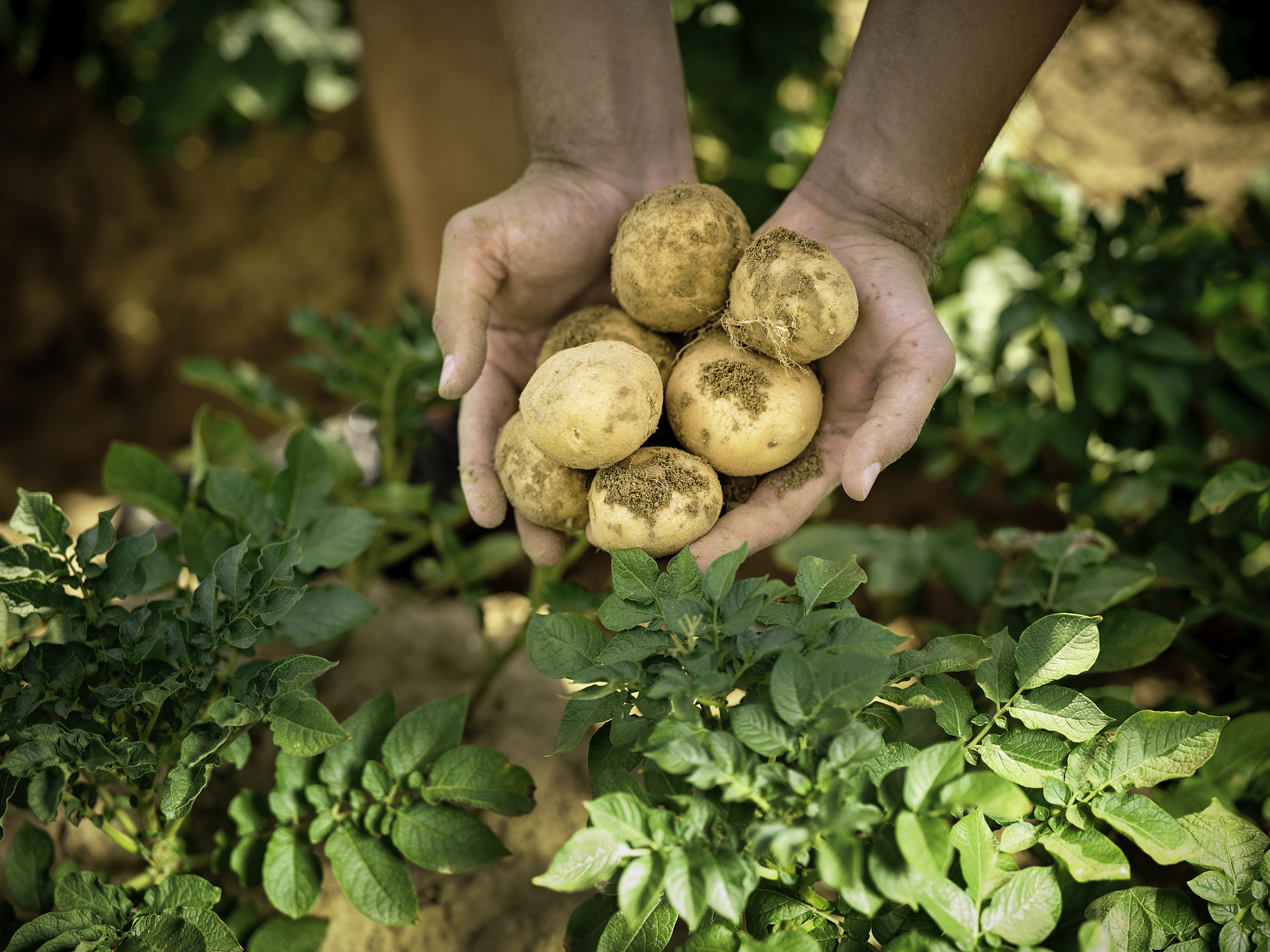
dirk_vandenhirtz, veröffentlicht am 16.01.2024
Glyphosate residue in food – alternative crop desiccation
Glyphosate, the main ingredient in the herbicide Roundup, is central to the control of weed growth in various crops, particularly corn and soybeans. It works by inhibiting the production of essential amino acids in plants, thereby controlling weed growth. Meanwhile, GM crops resistant to Roundup thrive despite its use.
In non-GMO crops such as oats, glyphosate is used for desiccation at harvest to improve both quality and yield. However, the use of glyphosate as a desiccant is leading to potential residues in products such as oatmeal and cereals.
Crop.zone technology: A sustainable alternative
Crop.zone offers a novel solution to this challenge. Its technology uses a combination of electrical energy and a naturally conductive liquid to control weeds, providing an effective alternative to chemical desiccation of crops. This method significantly reduces reliance on glyphosate and other chemical herbicides, minimising their residues in food products.
Benefits of the crop.zone approach
- Reduced chemical residues: By avoiding the use of glyphosate, crop.zone’s technology ensures that harvested crops have minimal to no chemical residues, meeting the demands of health-conscious consumers.
- Environmental sustainability: This technology is more environmentally friendly than traditional herbicides, reducing soil and water contamination and promoting biodiversity.
